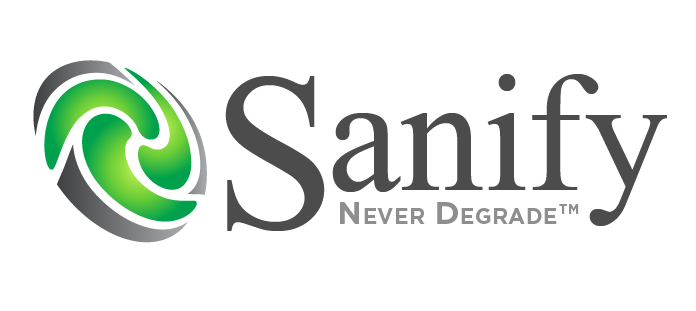
|

|
|
Sanify Home Why not RAID? Why use Sanify? Why rely on Sanify? Configuration Administration Licensing Contact |
Basic Administrationssh sanify@node Connect a shell session to any node in the cluster. show license This command is used to display the current cluster license. It shows how much space the cluster is licensed to use. set license <clusterid> <space> <key> This command will modify the current license. show daemons This command shows one line for each daemon in the cluster, including it's most recent hostname, port it is communicating on, id, whether or not it is a member of the group, is suspected, in the core, is the coordinator, and it's vector times. Check to make sure each node has a daemon and is a member of the group. show space This command shows how much space is used and how much exists. Each row is for a Cell and will show the daemon it is in, it's id, whether the used space is offline (a nonmember daemon) or visible (member daemons). set tolerance 1 If the cluster has at least 5 daemons, this command will set it to allow no single point of failure.
create volume name example size 120GB This will create a volume named 'example' using the default security policy of insecure, replicas, and stripes. You should now be able to discover the example volume using your initiator, as well as connect to and use it. show volumes This shows one row for each volume in the cluster, it's size, replicas, stripes, whether it is being deleted, which daemon has it available in a portal group, and the current lock holder. destroy volume V1 This will destroy the volume and reclaim the space it used. help Syntax for the various commands. quit This will log you back out of the admin and shell. Security AdministrationIt is not necessary to use Sanify iSCSI authentication and by default the security is set to insecure. Configuring for one way iSCSI CHAP authentication causes a target to authenticate an initiator. This is done using a secret which initiators often refer to as a target secret, which is a misnomer. In order for the initiator to authenticate the target, mutual CHAP authentication additionally causes an initiator to authenticate a target with a secret which initiators often refer to as an initiator secret.
Since one way iSCSI CHAP authentication only authenticates the initiator, it therefor allows a rogue target. A rogue target can spoof a volume or engage in a "man in the middle" attack. One way iSCSI CHAP authentication is not very secure. Although two way CHAP is secure if properly implemented, using the same secret to authenticate multiple targets in not very secure either since it allows any initiator or target with the secret to be a rogue target. Microsoft iSCSI Initiator Notes and Limitations
specify initiator iqn.1991-05.com.microsoft:pc This identifies an initiator to the cluster and generates a secret that will be used to authenticate it when it connects to a target in the cluster. Note that this may be referred to as the target secret by the initiator. specify target V1 communal This is the most basic authentication protocol a target can require. The target will authenticate the initiator and allows any initiator it can authenticate to connect. The target optionally allows the initiator to authenticate it. show target This shows the name and secret that the initiator should use to authenticate the target. It secret may be referred to by the initiator as the initiator secret.
specify target V1 restricted This changed the target to restricted security, so only the subsequently specified initiator is allowed to connect to it. The show command displays the initiator credentials followed by the two name/secret pairs for each authorized connection. The first row pair are the name and secret used to authenticate the initiator, the second row pair are used to mutually authenticate the target.
remove auth target V1 The discrete security mode takes this one step further and provides a unique chap secret for each initiator to authenticate a target with when it performs mutual authentication. This will prevent rogue targets from spoofing and engaging in man in the middle attacks.
specify security discrete This sets the default security to be used when volumes are created, then shows the total initiators and total number of volumes with each security policy. |